Fighter jets are highly capable military aircraft, but their range is actually quite limited. This is what makes aircraft carriers so important – they are mobile military bases on water, which facilitate fighter jets. However, aircraft carriers are not always available and in some cases operating directly from water would be preferred.
Aircraft carriers and airfields can be damaged or destroyed during a war. Furthermore, the deck of an aircraft carrier is inevitably much shorter. If a fighter jet could land seaplane-style on water, it would have more options and it could operate from other kinds of ships with special cranes.
In the late 1950s, when the US Navy was actively pursuing supersonic fighter jets, this idea was highly relevant. Supersonic airplanes of that time had relatively short wings, which made them less stable at the lower speeds. Since the landing speed is always slower, short wings were difficult to adapt for a carrier service. In other words, fighter jets with supersonic capacity were difficult to operate from short runways of aircraft carriers.
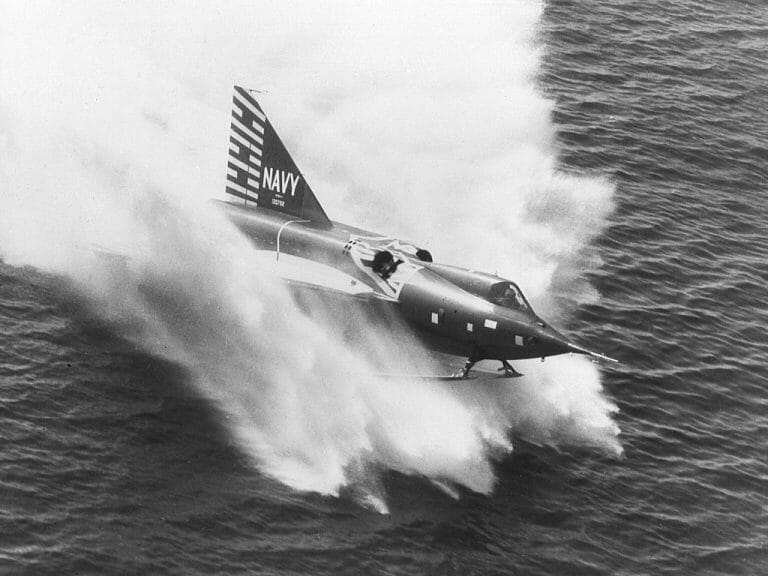
In 1948, Convair made an interesting proposal to the Navy – they offered to equip the then-under-construction Convair Delta Dagger with hydroskis to allow it to land and take off from the water. Many early airplanes were flying ships, but fighter jets required nice smooth runways. The Delta Dagger later became the US Air Force’s first supersonic fighter, which makes this sea-borne idea even more peculiar.
In 1951, the US Navy officially ordered a couple of watertight Delta Dagger prototypes, which soon received the name Sea Dart. Convair immediately got to work, but the Navy couldn’t wait for these planes to arrive before ordering 12 more.
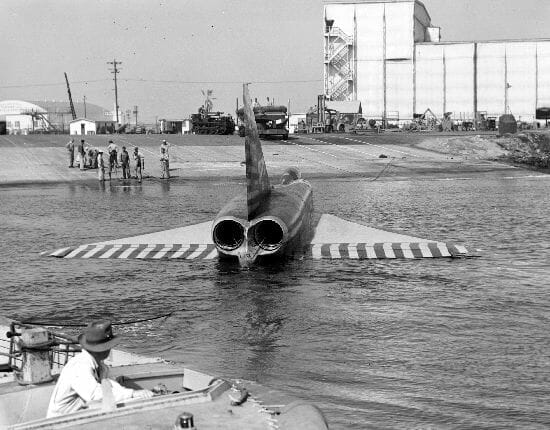
The Convair F2Y Sea Dart had so-called delta wings, which are mounted further from the nose of the aircraft and form a triangle shape while blending into the silhouette of the fuselage. Delta wings are good for high speed flying. The wingspan of the Sea Dart was 10.77 meters and it was 15.6 meters long.
Convair engineers had to think hard about the hydrodynamics of the plane. They sealed the fuselage, which had enough air pockets inside to keep the plane afloat. The Sea Dart would rest on its belly with the trailing edges of its wings dipped in the water. A pair of Westinghouse XJ46-WE-02s engines with afterburners were mounted above the wings to keep them out of water.
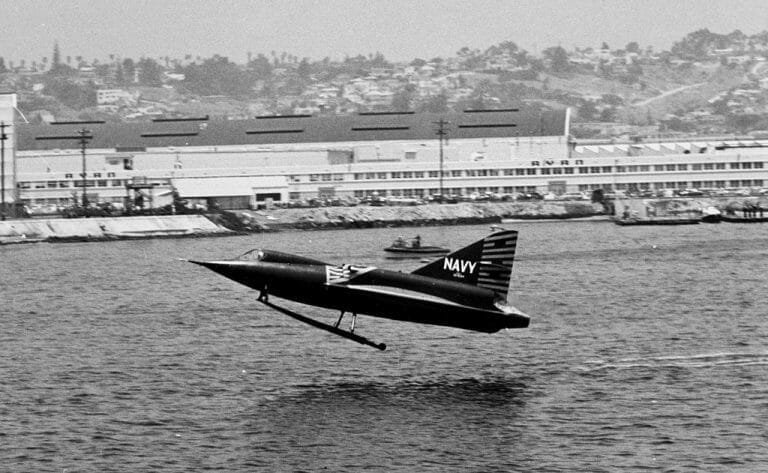
The Convair F2Y Sea Dart took off for its first flight on January 14, 1953. By the way, the first flight on that day was not planned – the Sea Dart accidentally broke away from water during high speed taxi tests.
The Sea Dart started its take off run with its hydroski (or, later, two skis) retracted – it was only extended after the plane reached about 16 kph. The fuselage would then rise slightly from the surface of the water and eventually the Sea Dart would lift off for the flight. Sea Dart build up speed for about 1.7 km before take off. After breaking away from the water, the plane would hide it hydroski and in theory could accelerate to its max speed of 1,328 kph. at 11 kilometer altitude. But only in theory.
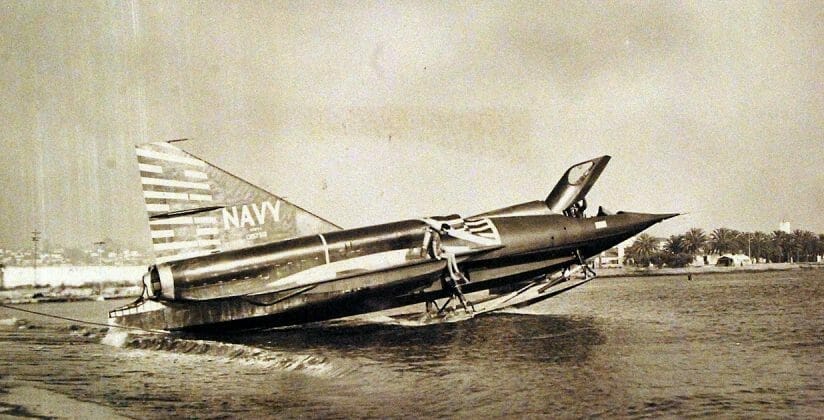
In reality, tests revealed that the F2Y Sea Dart was not capable of exceeding the speed of sound in level flight. Also, takeoff and landing were very tricky due to vibrations and bouncing – water is never really completely smooth. Convair engineers tried various shapes and configurations of the hydroskis, but could never solve the vibration problem. On the other hand, the Sea Dart did achieve some impressive numbers.
The Convair Sea Dart did exceed the speed of sound in a dive, becoming the only water-based aircraft to do so. In addition, the landing distance of this plane was only 460 meters, which is a very good result.
Although the Convair F2Y Sea Dart prototypes were not armed, it was planned that the production aircraft would have four 20 mm cannons and would be able to carry multiple missiles. The US Navy believed that the Sea Dart could be hidden in submarines, which would allow the creation of secret mobile bases near the enemy’s shores. However, this idea never came to fruition.
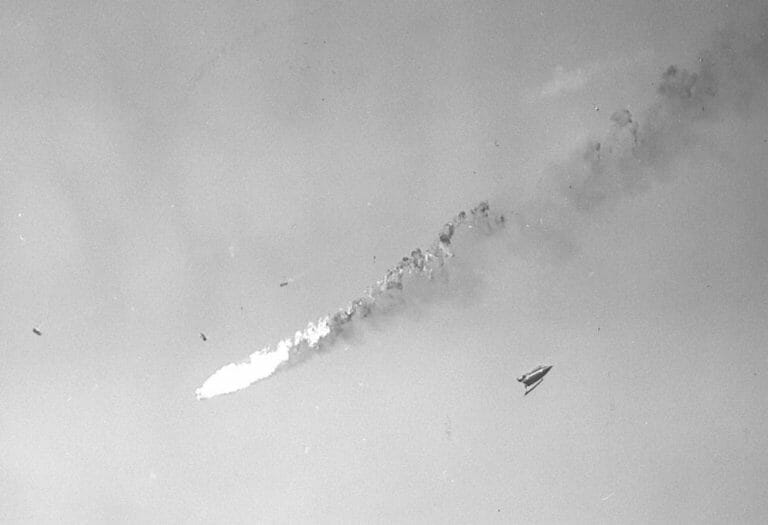
On November 4, 1954, one Convair F2Y Sea Dart prototype broke up in pieces during a demonstration flight. This disaster was witnessed by the officers of the Navy as well as multiple journalists. Convair test pilot Charles E. Richbourg, a World War II veteran, was killed in the accident.
The Navy immediately lost interest in the project. The remaining four Convair F2Y Sea Dart prototypes were permanently grounded (several of them never flew in the first place), and the remaining order was canceled. The truth is that choppy waters were delivering huge stresses for the airframe.

The Convair F2Y Sea Dart remains the only water-borne aircraft to exceed the speed of sound, even if it was achieved in a dive.




